May Morning – an Oxford tradition
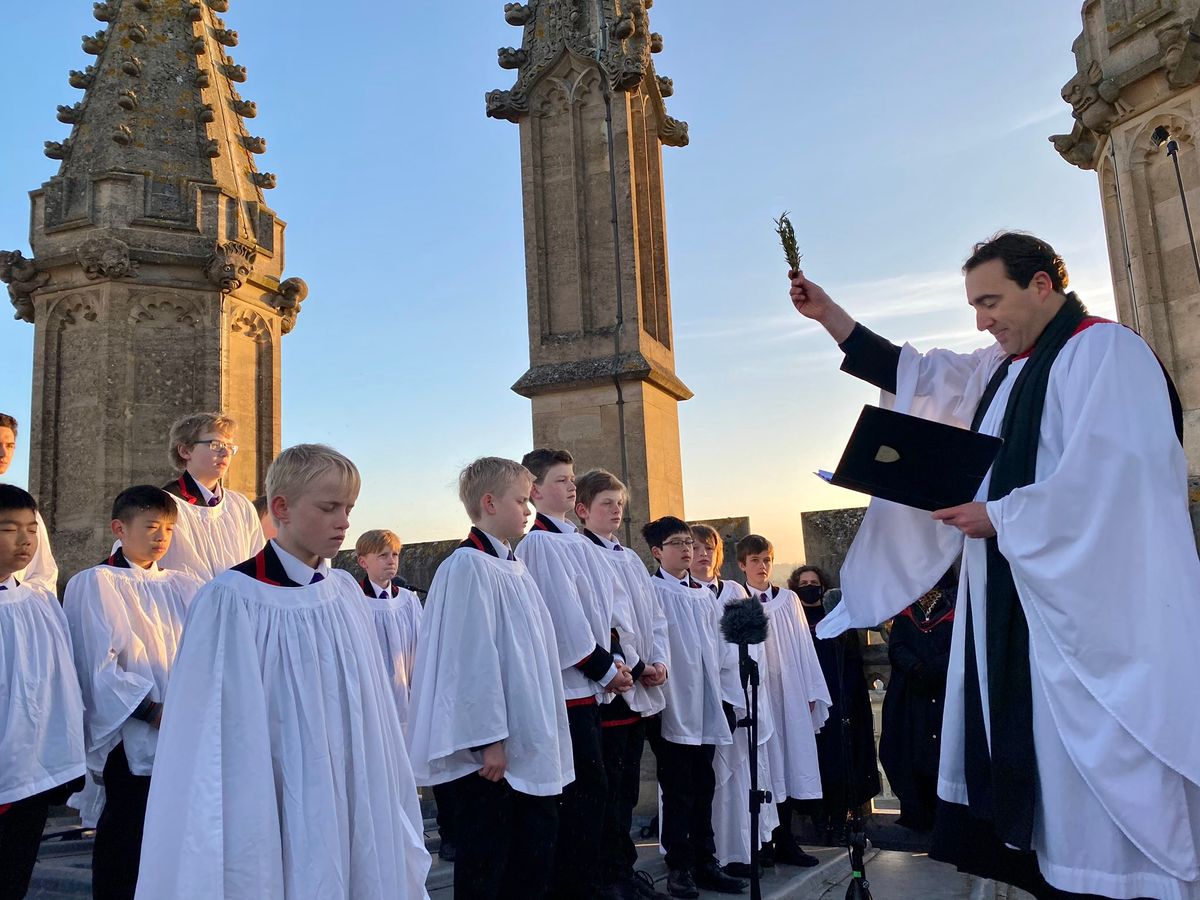
On 1 May thousands of people will congregate on Magdalen Bridge, listen to some children sing madrigals up a tower, then go watch some trees dancing to melodeons before going to find a bacon sandwich. All before 8am. Only in Oxford! Here's everything you need to know.
It's a VERY long-standing tradition
May Day is an ancient European festival marking the beginning of summer. Regional varieties and related traditions include Walpurgis Night in central and northern Europe, the Gaelic festival Beltane, and the ancient Roman festival Floralia. Traditions often include gathering wildflowers and green branches, weaving floral garlands, crowning a May Queen and setting up a Maypole, May Tree or May Bush, around which people dance.
Floralia, which first took place during the Roman Republic, celebrated the Roman goddess of flowers. Ovid recorded hares and goats being released. A ritual called the Florifertum was performed on either 27 April or 3 May during which a bundle of wheat ears was carried into a shrine.
In Oxford's history
The origins of Oxford's May Day traditions are shrouded in mystery.
The first recorded reference to May Day and Magdalen Tower is to be found in 1695, when the antiquarian Anthony Wood – who devoted his life to collecting and publishing the history of Oxford University – recorded May Day as an invocation to the summer. “The choral ministers of this House do, according to an ancient custom, salute Flora every year on the first of May, at four in the morning, with vocal music of several parts. Which having been sometimes well performed, hath given great content to the neighbourhood and auditors underneath.” (Read more.)
By 1749, John Pointer confirmed that the event, which had originally involved a requiem being sung for Henry VII’s soul, had become a merry May Day concert. It started at 4am and lasted nearly two hours, before being concluded with the ringing of the tower’s bells. (More history.)
By Victorian times Revd J. R. Bloxam, Fellow of Magdalen from 1835-63, recalled that in the early 18th century the ceremony had become “irreverent”. The choristers tried to throw rotten eggs down on those below, and their pockets had to be checked by the principal porter.
This Pathé film shows May Day celebrations in 1931. Sound on!
Oxford May Day in 1931
The music
Traditionally choristers have sung the Hymnus Eucharisticus, a five-verse hymn to the Trinity composed by Benjamin Rogers in the late 1600s. The lyrics were alleged to have been written by Nathaniel Ingelo, to be sung “at the civic feast at Guildhall on the 5th July, 1660, while the king and the other royal personages were at dinner”; however, the words of Ingelo's hymn differ significantly.
The Hymnus Eucharisticus appears in several movies and television programmes, including most notably Richard Attenborough's film Shadowlands (1993) on the later years of C.S. Lewis, who taught at Magdalen College. Here’s the sheet music if you fancy trying it at home.
No swimming
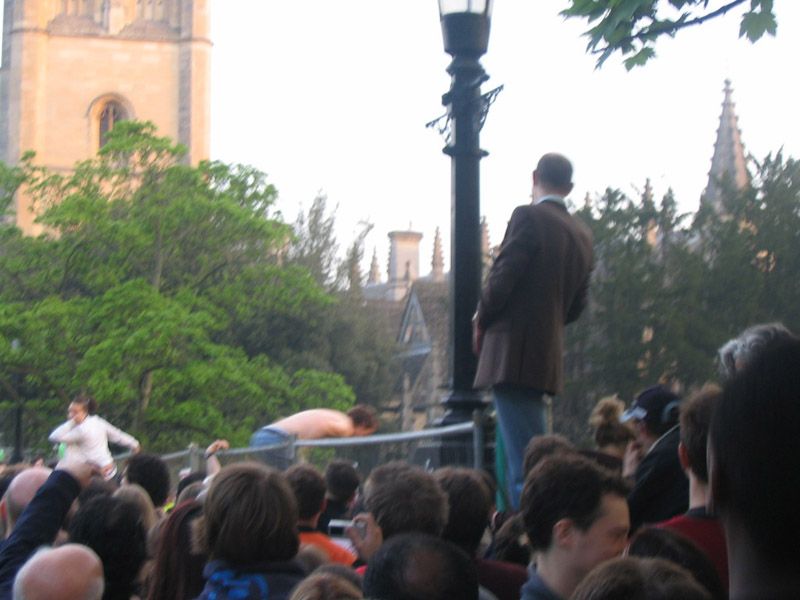
For a while, it became traditional to leap the 25ft from Magdalen Bridge into the River Cherwell. The river itself is only 3ft deep in places, and in 2005 (pictured), 17 people were taken to hospital and 40 were injured. The bridge has been closed since with hoarding and marshals preventing access to the water.
Nowadays
Barring a break for the pandemic when the traditional singing was streamed online, in modern times Oxford May Morning has kept a similar format.
If you're a student (or even if you're not) you can stay up all night and await the dawn. When May Day falls on a weekend balls are held in colleges. In 1997 the general election took place on 1 May, and Oxford students queued in black tie finery to await the opening of polling stations at 7am. This year it falls on a Wednesday. And the city council elections are the next day (remember your ID to vote, folks).
Crowds gather on Magdalen Bridge pre-dawn. They are often wearing garlands of flowers and leaves, in a throwback to Floralia. The festivities attract both town and gown; students may have been up waiting for dawn while workers and families set early alarms. Crowds typically gather from 5.30am. As dawn breaks, about 6am, a silence falls as choristers break in to song at the top of Magdalen Tower. Music is followed by prayer and once the bells ring, the crowd disperses to proceed in to town.
Here’s what you’ll hear, but can’t see from the bottom of the tower – the astonishingly talented young choristers of Magdalen College Choir, some of them just nine years old, backed by the Academical Clerks who are undergraduates at the college. Oxford has three such world-class choirs (each with its own choir school), the others being Christ Church and New College, but May Day is purely a Magdalen tradition.
Best spots
Get there early if you want to be under the tower, but the Clarion's hacks are:
- Don’t: bring your bike, let alone a car. You won’t get it across Magdalen Bridge. Walk.
- Do: bring a boat. Got a canoe? Head to the Botanic Gardens by water for the best possible spot, and avoid the crowds. Genius.
- Know anyone in college? Many colleges run their own festivities. They may even let visitors in…
- Rose Lane: if you have kids, this one’s for you. The crush on Magdalen Bridge can be a little intimidating. If you are in a wheelchair or have young children and buggies, there is a more peaceful zone next to the Botanic Garden by Rose Lane and another in Magdalen College School Car Park.
- Spendy but worth it: Friends of the Botanic Gardens can buy tickets for a May Day event at the Botanic Gardens: Morris Dancing, coffee and a croissant. Bring a blanket to sit on. Becoming a Friend also gets you free entry to the Botanic Gardens and Harcourt Arboretum.
What next?
Once the bells have rung. the fun really begins. Revellers head into town to see music and dance, from Morris dancers from around the county to the Horns of Plenty and the Whirly Band.
If you're lucky, you may spot a Jack-in-the-Green dancing with the Morris dancers – a mound of greenery, concealing a person, traditionally a chimney sweep.
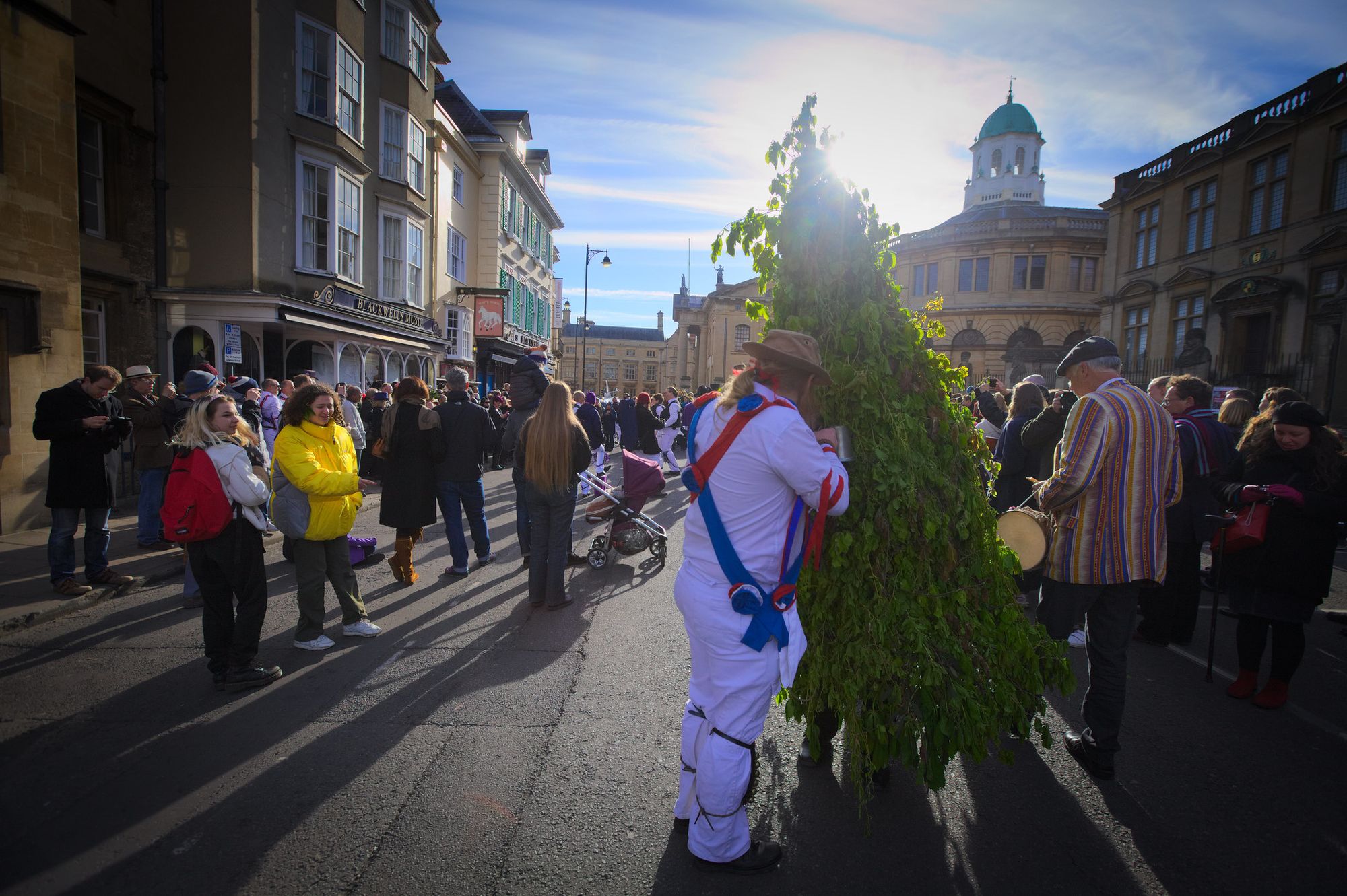
Did you know that Oxford is at the heart of reviving the tradition of Morris dancing? This is thanks to one William Kimber of Headington Quarry. The former bird scarer and bricklayer introduced generations of children to morris dancing at his local school, Headington Secondary School. A local street, William Kimber Crescent, was named after him. He died in 1961 and his coffin was borne by six morris dancers in full regalia.
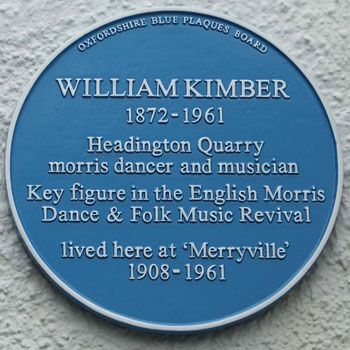
Cafes are open early to serve this crowd, and have long queues. Our best picks are:
- G&Ds: The ice cream cafes across Oxford will serve you a bagel and coffee from very early. Or ice cream. We won't judge.
- Browns Cafe in the Covered Market has been going since 1924. It serves a mean breakfast.
- Brothers, also in the Covered Market. Veggie, vegan and meaty breakfasts are found here with strong coffee.
- The King's Arms and Queen's Lane Coffee House (apparently the oldest continuously serving coffee house in Europe) also come highly recommended.
- Broad Street: we think with the advent of Broad Meadow and the seating this will be the place to be this year. Grab a crepe from the van or a snack from any of the brilliant independent cafes there. Or bring your own and chill out among the planters.
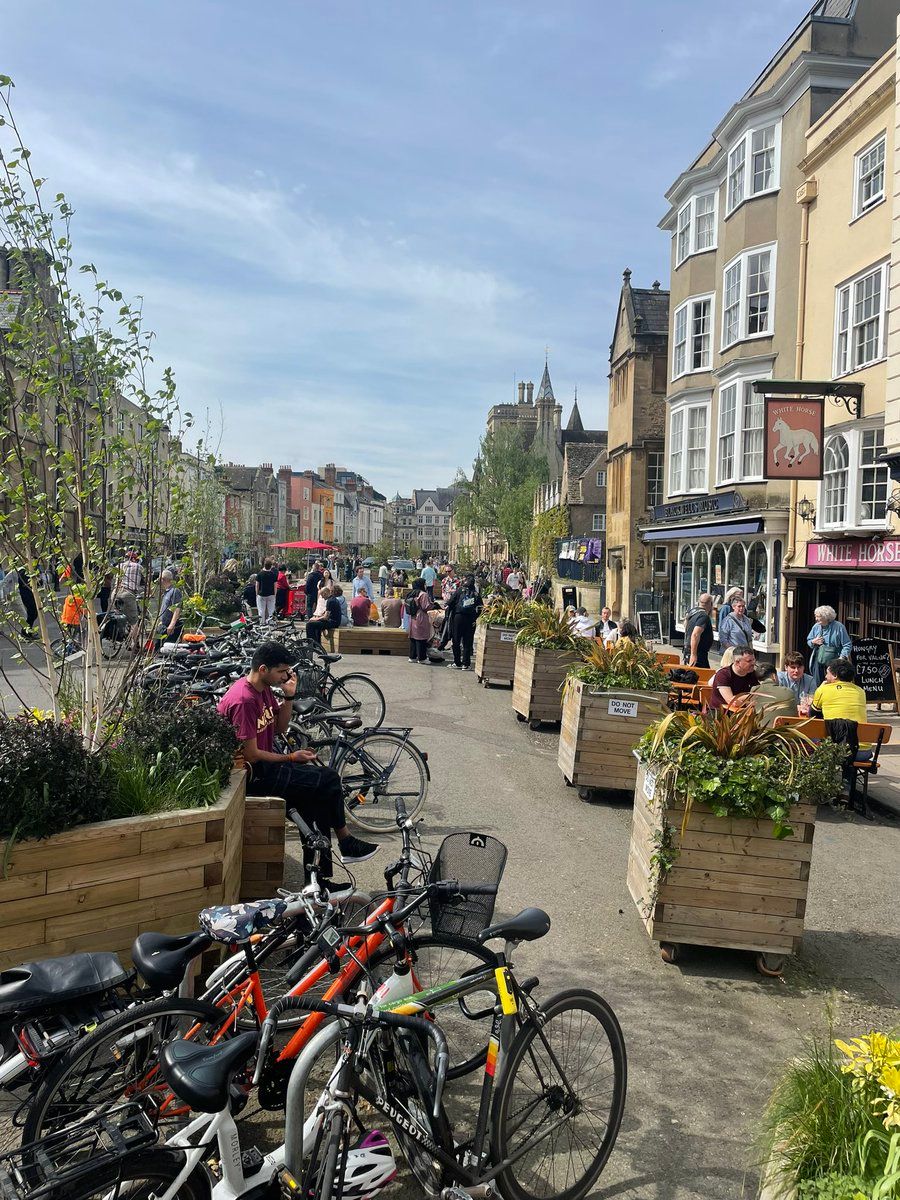
The aftermath
And all this before 8am. While revellers find their (vegan?) bacon rolls and enjoy the music, a small miracle is quietly taking place on Magdalen Bridge. A small army of workers from ODS clear up the barriers and the hoardings, and remove the rubbish. The road needs to reopen: the Plain and Magdalen Bridge are together one of the busiest roads in Oxford. Typically they’ll be closed to all traffic (including bikes) from 2am to 9am.
The festivities might be slowing down but @ODS_doinggood are still going strong and keeping our city clean ✅#MayMorning #doinggood pic.twitter.com/aiRkpcPJHY
— Oxford City Council (@OxfordCity) May 1, 2023
The choristers’ hymn is in Latin, but for those of us who (unlike the nine year olds of Magdalen College Choir) don’t regularly speak the language, its last two lines translate as “This immense mystery / our tongues all cheer and sing.” May Morning is one of Oxford’s many immense mysteries – join us this year in cheering and singing it.
